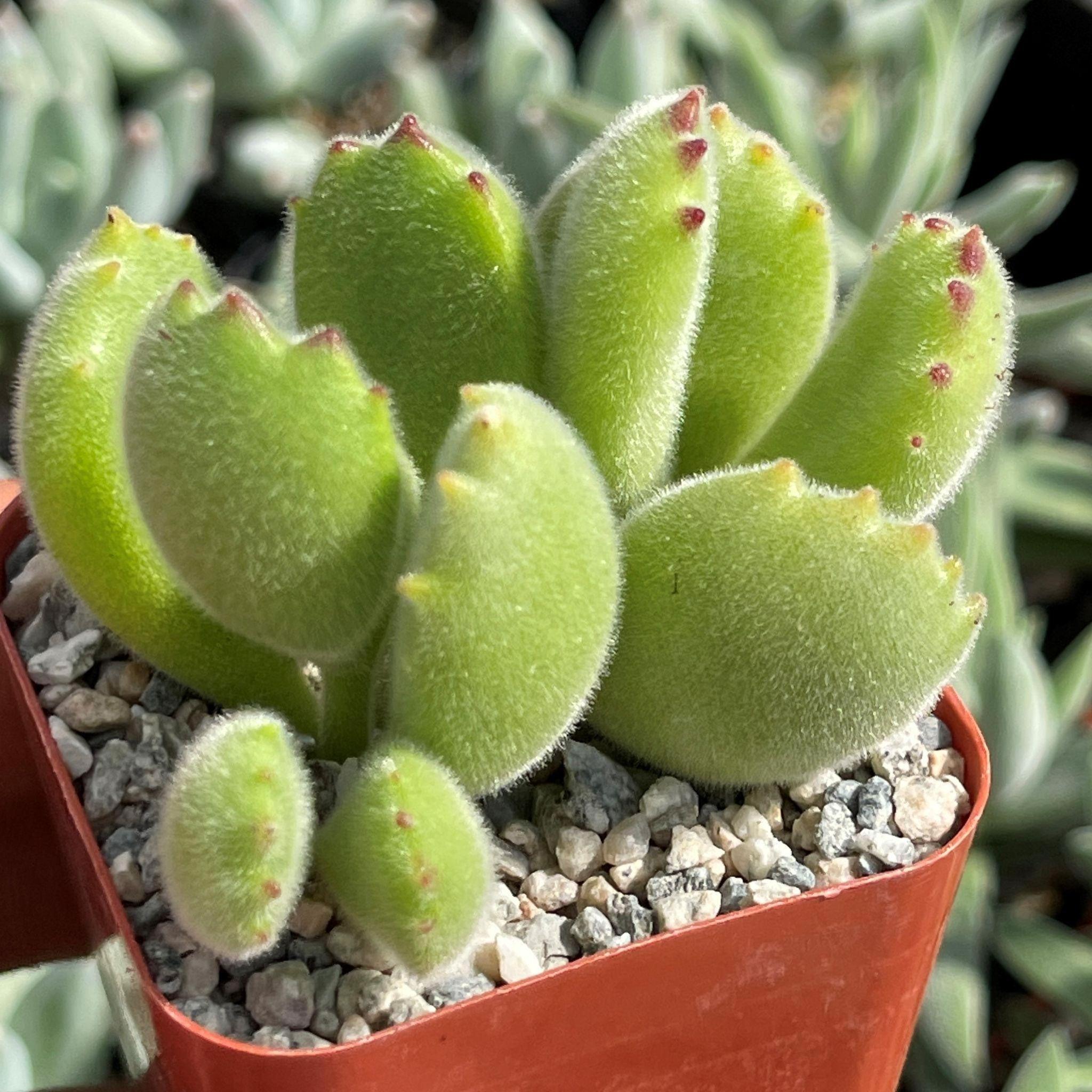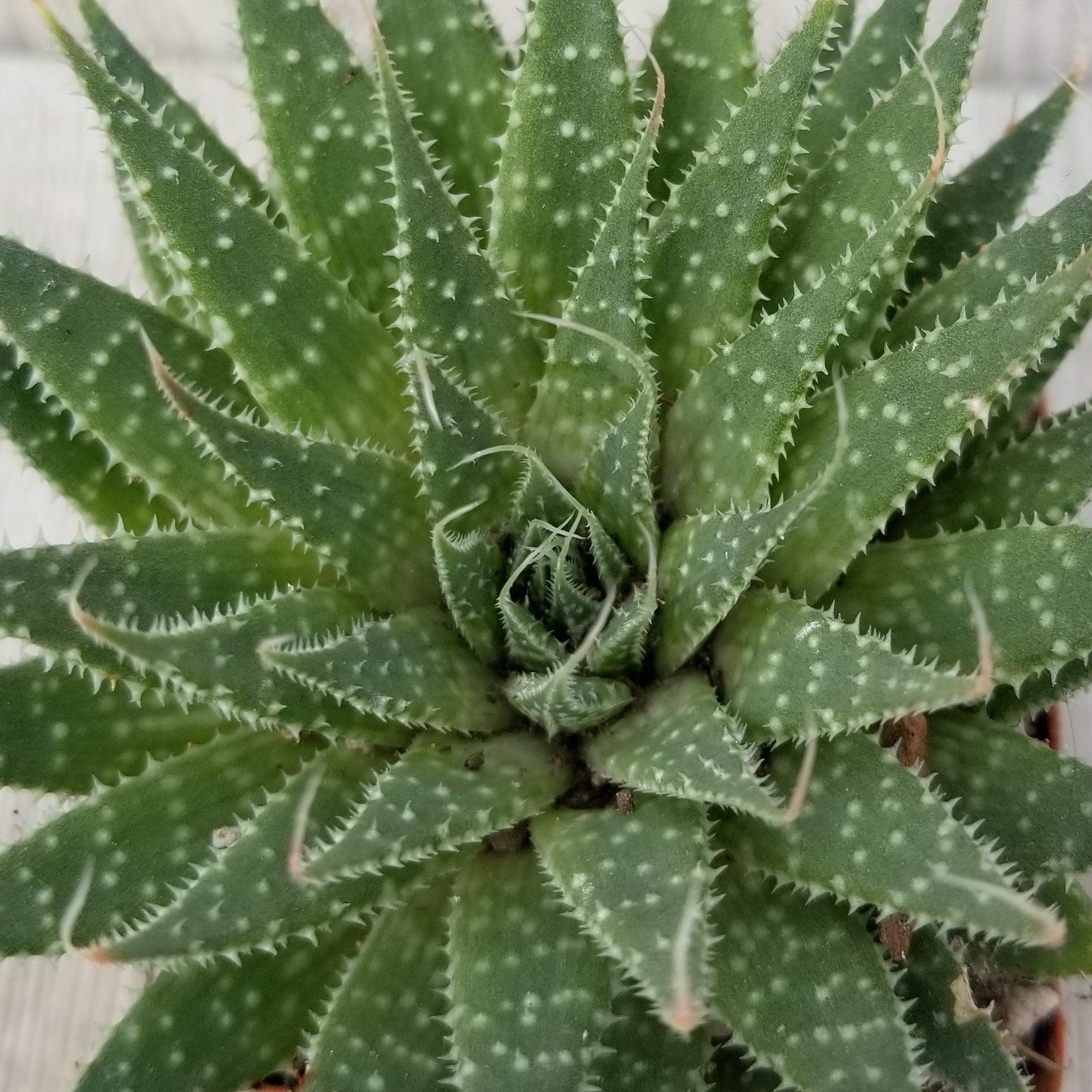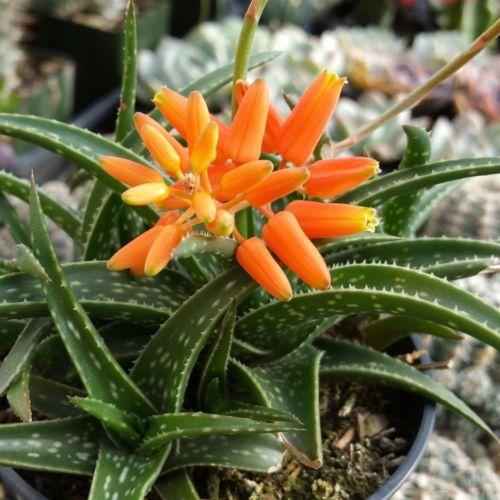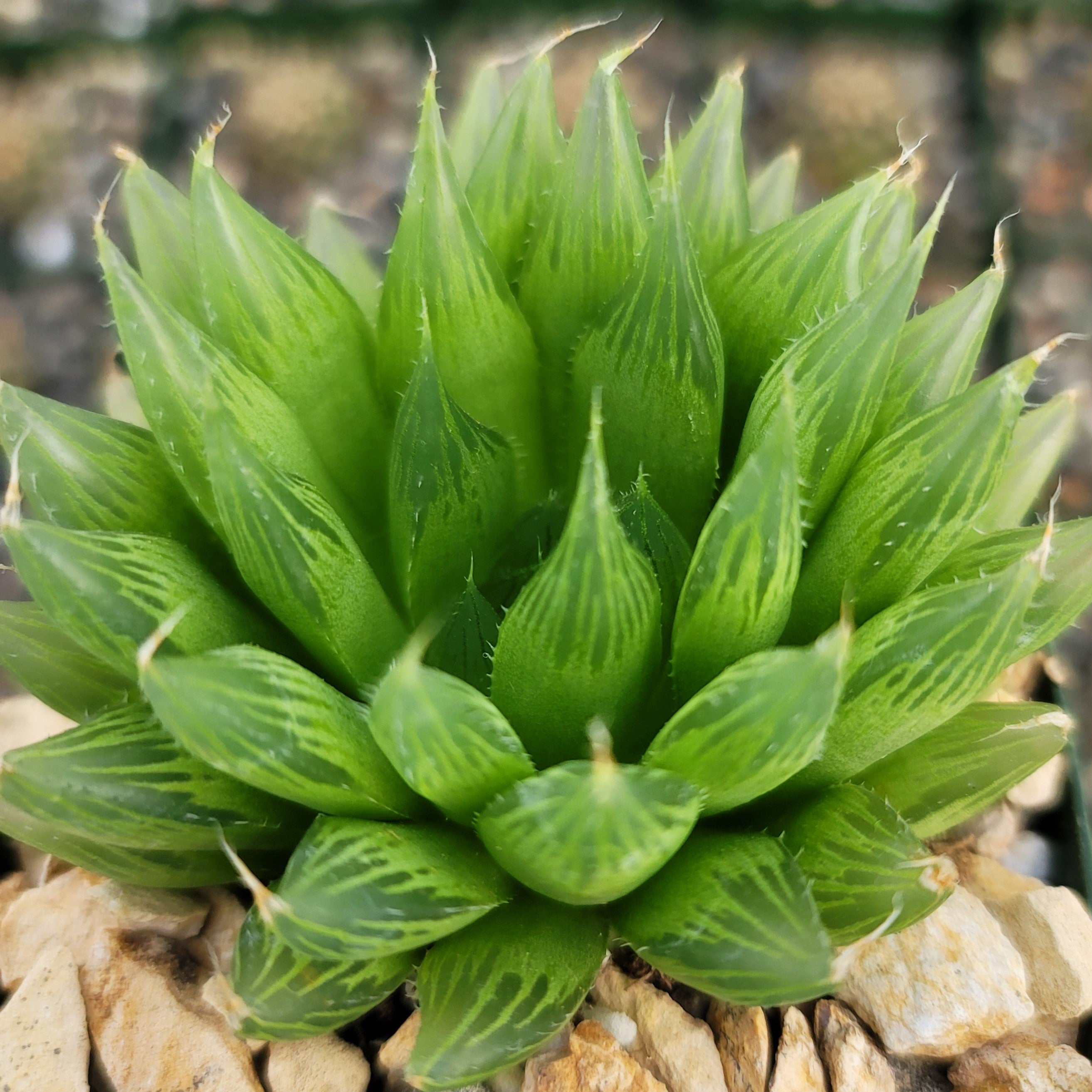Cotyledon Ladismithiensis or Bear Paw Succulent
Updated: January 28, 2025

The Cotyledon ladismithiensis plant is nothing less than a showstopper, an owner’s pride! This slow-growing succulent comes with the common name ‘bear paw cactus.’ It is rewarding to watch your succulent grow and thrive. And the good part is that it is pretty simple and easy - it does not take too much for the little houseplant to be happily growing, blooming, and getting ready for propagation. Let’s begin with the basic details of the plant.
A Synopsis of Bear Paw Succulent
The bear paw succulent has stunning looks, whether you plant it in a pot or an outdoor garden. You must, however, know how to take care of this endemic species to let the plant thrive.
Belonging to the Crassulaceae family, this succulent variety goes dormant in winters. Native to South Africa, the bear plant needs a well-drained potting mix so that water does not stand at its roots and rot them. Besides, it loves sunlight. Plant it or place it in an area that receives full to partial sunlight. Teddy bear paw succulents cannot tolerate frost. They are hardy in zones 9b to 11b. For succulent growers living in cold areas, it is best advised to grow your Cotyledon ladismithiensis indoors. Bear paw succulent propagation can be done either from stem and leaf cuttings or seeds.
Teddy Bear Succulent Plant Care in Detail
- Water: Teddy bear succulent plants need watering once a week. The soil should be completely dry before watering again. Avoid overwatering. Remember, if the roots of the plant are left in wet soils for long, they start to rot. Additionally, there’s a risk of fungal diseases too. During winters, go slow on watering as this is the dormant period.
- Light: The bear paw succulent loves bright sunlight. It could be indirect preferably. Ideally, you should plant the succulents in partial sun to partial shade. If the plant is kept indoors, make sure to keep it near a west or east-facing window for indirect sunlight.
- Soil: Another essential part of bear paw plant care is the soil. This cotyledon variety likes well-draining and loose soil. The potting mix should typically contain sand, and perlite or vermiculite.
- Temperature and Humidity - The bear claw plant care includes remembering that the Cotyledon ladismithiensis is a desert plant. Its origin is in South Africa where the weather is hot and dry. The plants are hardy and have the vitality to survive extreme weather conditions. The ideal temperature range required by the plant is between 20°C – 27°C during the daytime and 10°C – 21°C during the night-time. The relative humidity required by the plant is 40%.
- Fertilizers - This is a desert plant. Hence, it is used to grow in difficult conditions. The plant does not require regular fertilization. Only during the spring season when it grows, make sure to fertilize it to promote the thriving growth of the plant and replenish nutrients.
Propagating Bear Paw Succulent
As a succulent lover, you would want the plant to reproduce small beings of its kind. They look so cute together. If the question is, ‘How to propagate bear paws?’ worries you, here are the answers to your query.
There are no worries about bear paw plant propagation. They can be propagated in numerous ways.
1. Leaf and stem cuttings
- Bear paw succulent leaf propagation - This is one of the most difficult ways. This is because the leaves of the pink bear paws hold abundant water. That is why leaf propagation may be a challenge. But, don’t get upset if the method fails. Make sure that your leaf cutting is clear-cut. For this, use a sharp and sterile cutter. You will need to let the leaf cuttings on their own for a few days before planting them in a well-drained potting mix.
- Stem cuttings - This is an easier way to propagate your cute succulent. To make a stem cutting, use a sharp-edged cutter. Sterile the edges well for the best result i.e., a clean cut. Make sure that there are some leaves on the stem, let the cutting be callous, and then use a cactus potting mix to plant it.
You can propagate this generous good-looking houseplant using seeds. Seed propagation is the easiest. The seeds have to be sowed in the potting mix. Just make sure that the external weather conditions are suitable for propagation like the right quantity of sunlight and temperature, etc. If you choose indoor propagation, then use artificial lights for growth.
FAQs
-
What is a cotyledon?
In biology, the cotyledon is the leaf within a seed. It is mainly responsible for providing the embryo with nutrition so that it can germinate and establish as a plant.
-
Where to get bear paw succulent?
You can buy bear paw succulents for sale at credible and reputed online stores like Planet Desert.
-
Why is my bear paw succulent turning yellow?
The primary reason behind your cotyledon ladismithiensis bear paws turning yellow is that either it is receiving too much water or it is starving of water. Sometimes it can also be due to a lack of sunlight. Other reasons behind the yellowing of the succulent could be a fungal disease or a poor soil mix. If you detect a yellow bear paw, take immediate action.
-
Should I place my bear paw plant in direct sunlight?
You can place the plant outdoors but ensure that it is partially covered or shaded especially during noon when the sun is the strongest.
-
What are the tips for teddy bear plant care?
- Bears paw plant loves sunlight but if placed in an area of extreme light for too long, the plant could start to wither and look burned out.
- Similarly, if the plant does not receive abundant light for at least four hours a day, the succulent starts to lose its color and appear leggy.
- If the stems of the teddy bear succulent look weak, messy, and start to stretch out, it means that the plant is receiving less sunlight than required. You need to move the houseplant to a place where it receives a lot of sunlight so that the topsoil can dry off before you water the plant again.
- Does it mean that you should not water the plant during the dormant season? No. You need to go slow on watering. The best way to find out the right time to water the plant is to stick your finger in the pot. If the soil feels super-dry at the internal layers, it means that you need to water the succulent. If the internal layers feel moist, then avoid watering.
- Do not use garden soil because the moisture content is too high in such a potting mix that can cause the plant’s root to rot.
-
Are there other varieties of clawed plants?
Yes, there are. For example, the dragon claw succulent or the Haworthia Obtusa. Similarly, the bear paw jade or the Crassula pubescens subsp. Rattrayi is another example. Cat’s Claw or echeveria cats claw is another common example of plants that have some similarity in appearance as well as the common name. Another variety of the tall fuzzy succulent is the Kalanchoe tomentosa, aka panda plant.
-
What do you mean by red bear paws?
The Cotyledon ladismithiensis is a cute houseplant. The leaves appear as the paws of a puppy or a bear. While in other conditions, the tips of the leaves or the paws are green, the plant tips turn red when it gets the best of growing conditions. Think of a pet that receives a lot of love and attention. The turning of the tips into the red color denotes that the plant feels pampered and cared for. To grow fuzzy succulent with red tips, provide it with the right conditions as mentioned above in this blog.
-
How to propagate bear paw succulent?
You can grow mini bear paws very easily. They can be propagated from leaf and stem cuttings, and from seeds.
-
When should I repot my blue bear paw succulent?
The rule of the thumb is to repot the succulent once every two or three years. This is important because the soil becomes nutrient-less in this span of time. To make the soil well-drained, you can add pumice or perlite to it. If you have to repot the succulent, do so during the spring season. Do not add fertilizers while repotting as the new soil mix already comes with fertilizers.
The bear paw plant is an evergreen perennial houseplant. Succulent lovers love the bear paw plant because of the unique shape of its leaves which look like the paws of a bear. Also, its colorful flowers create a pleasant ambiance.


























